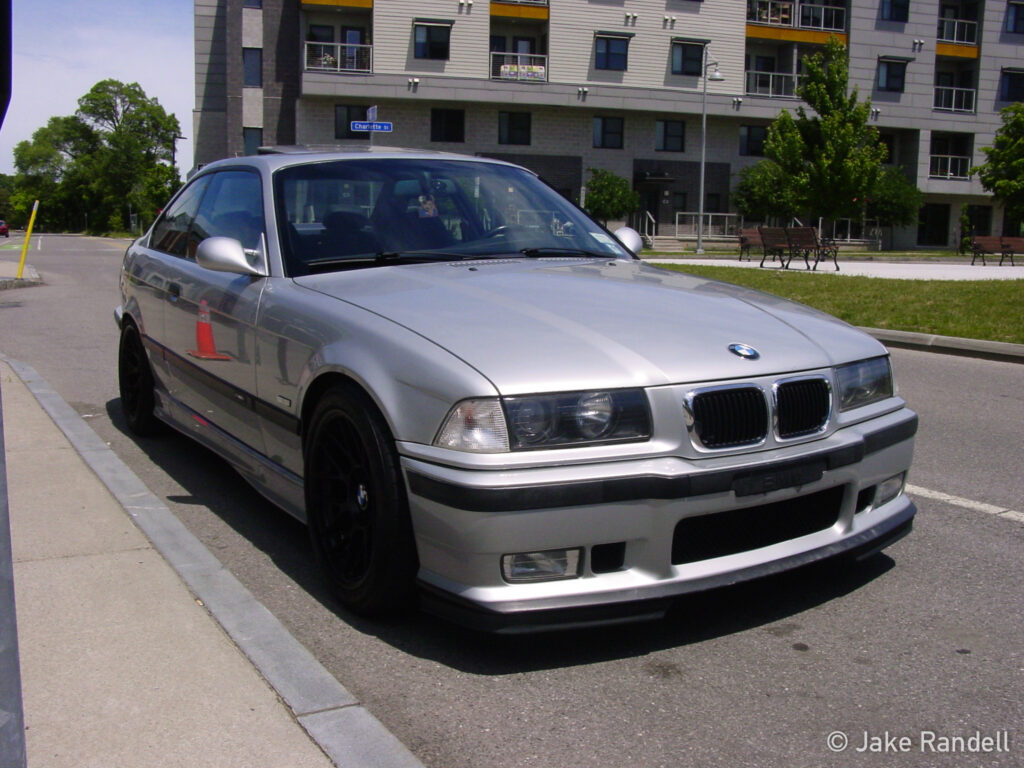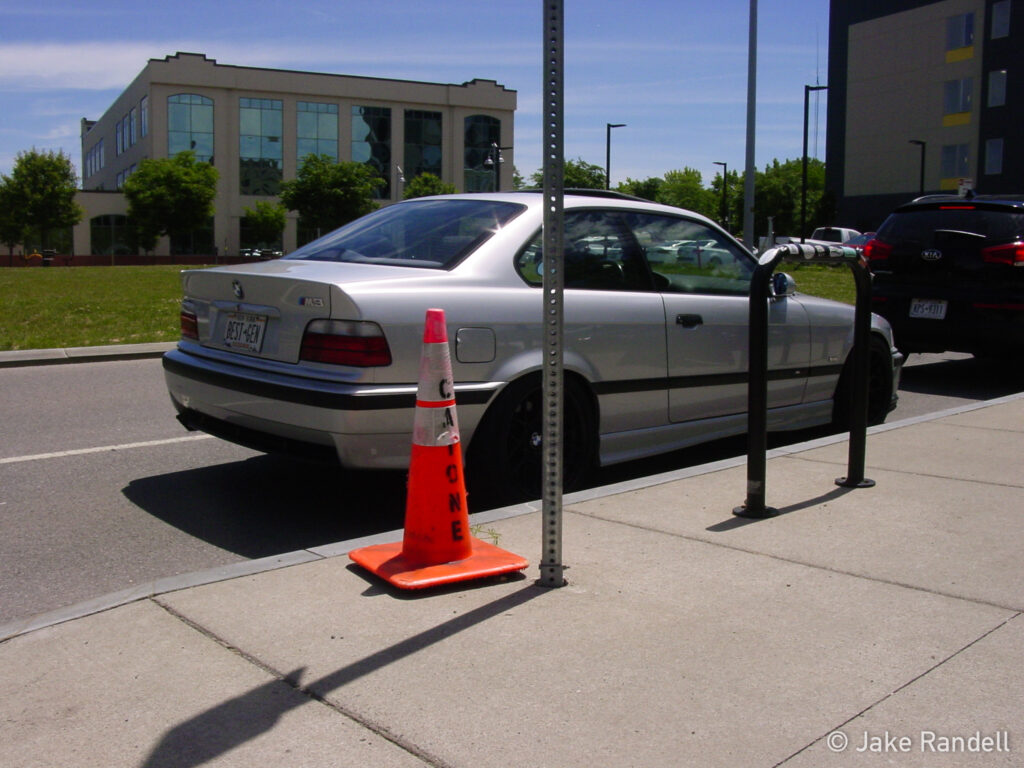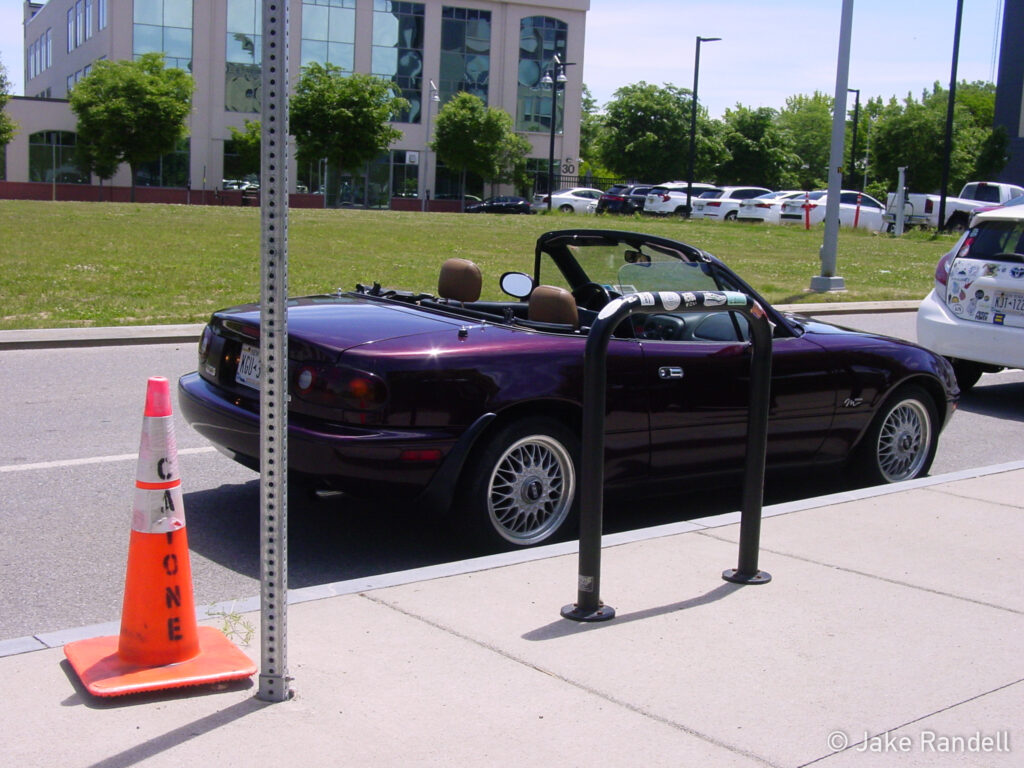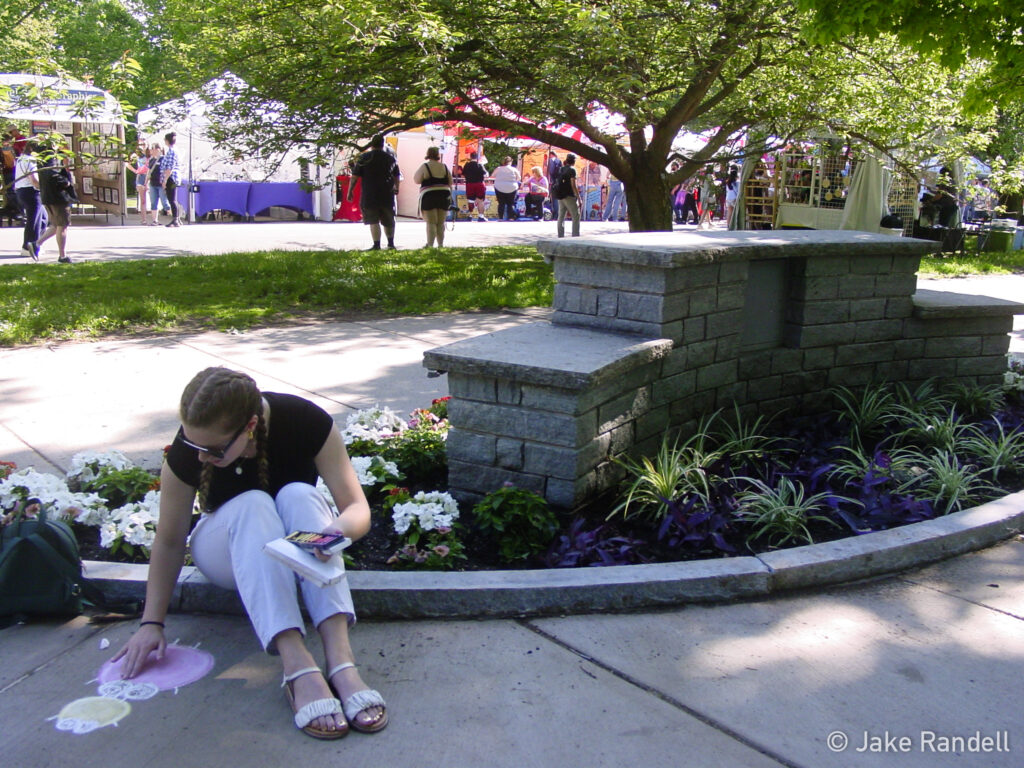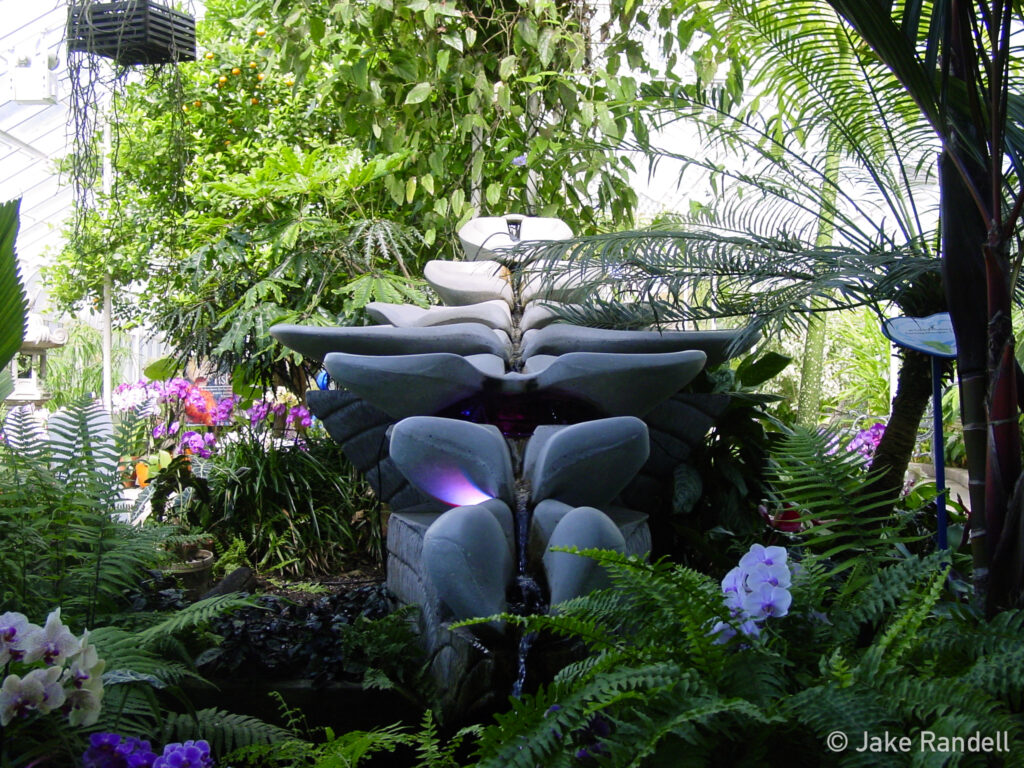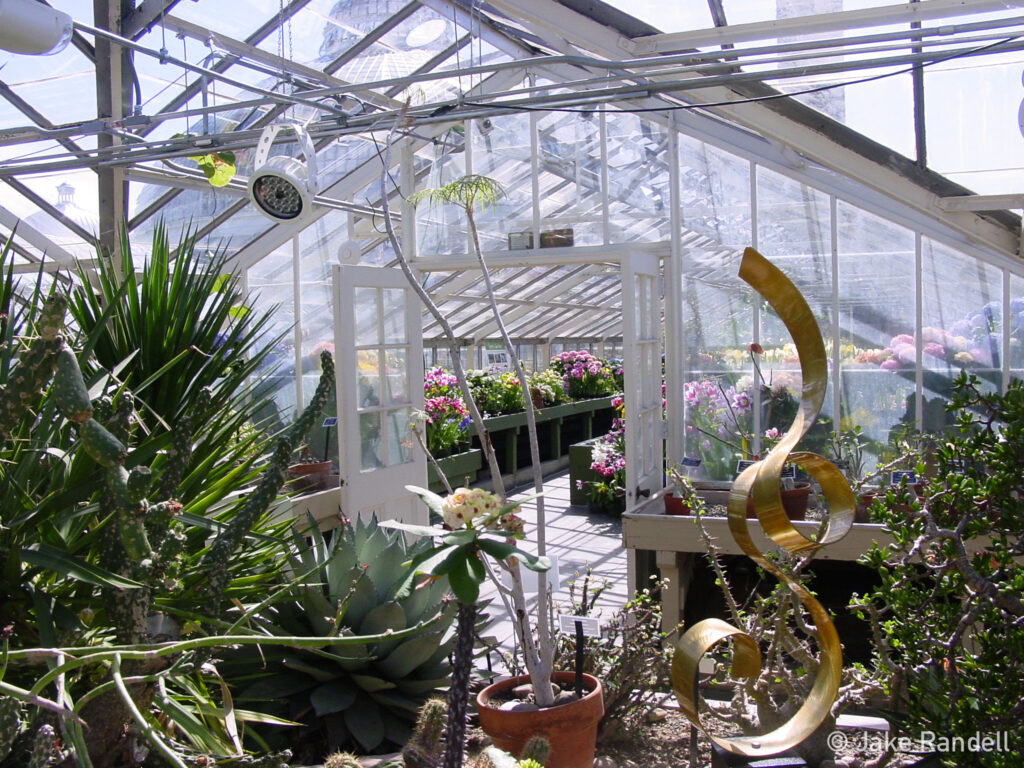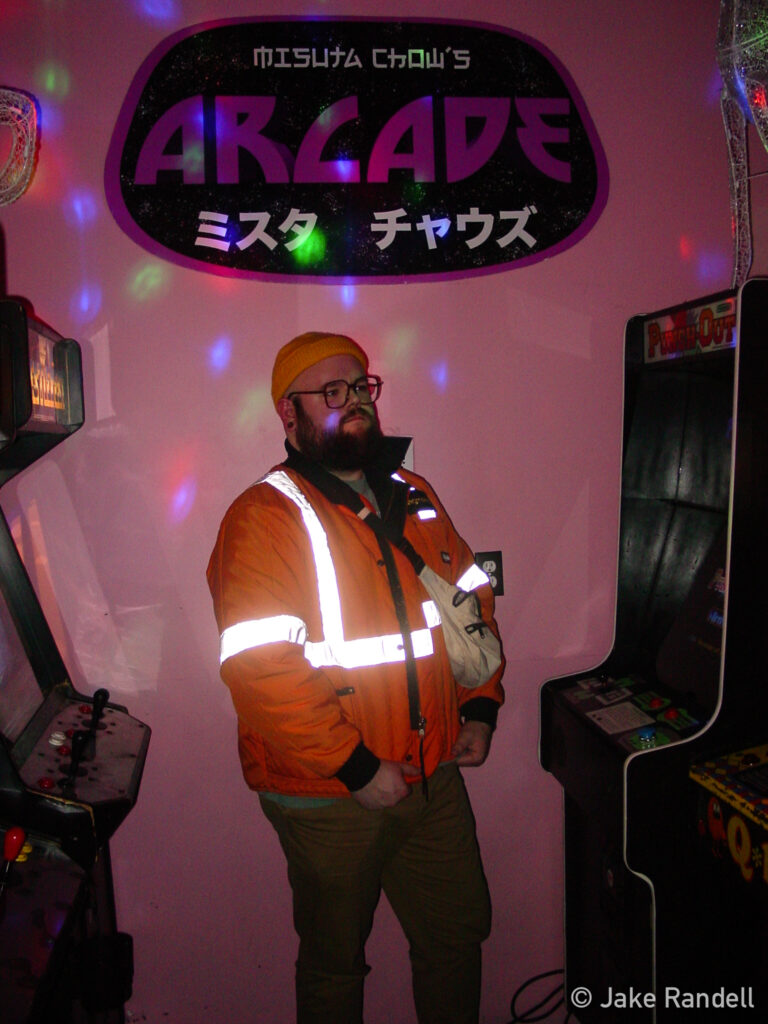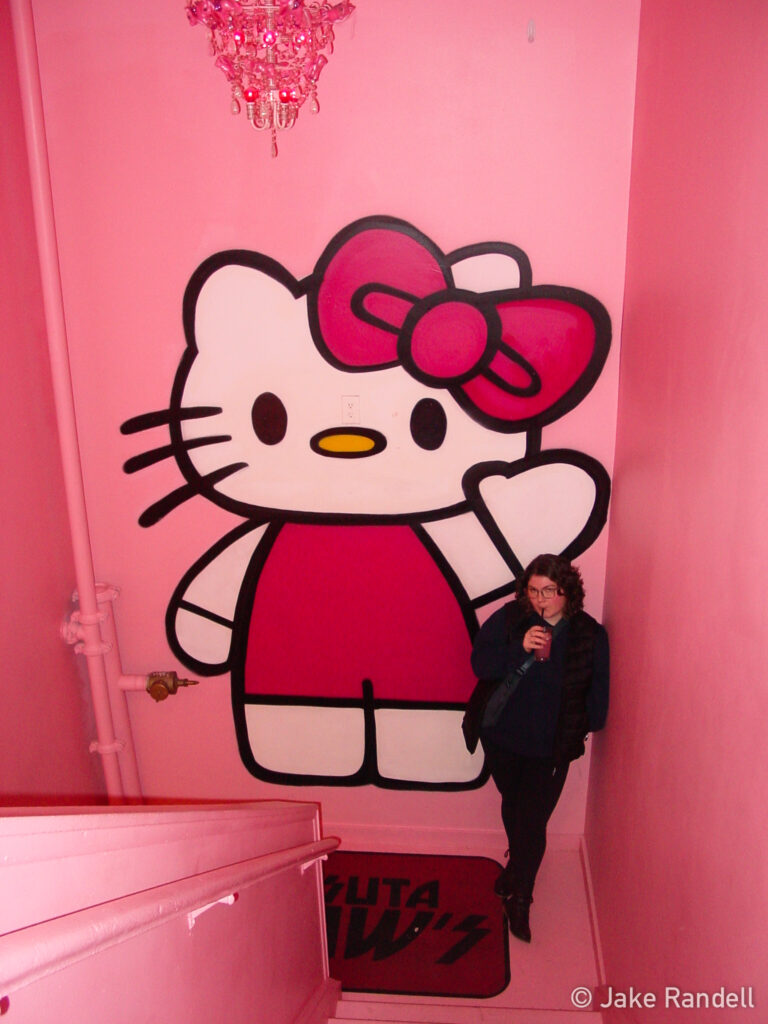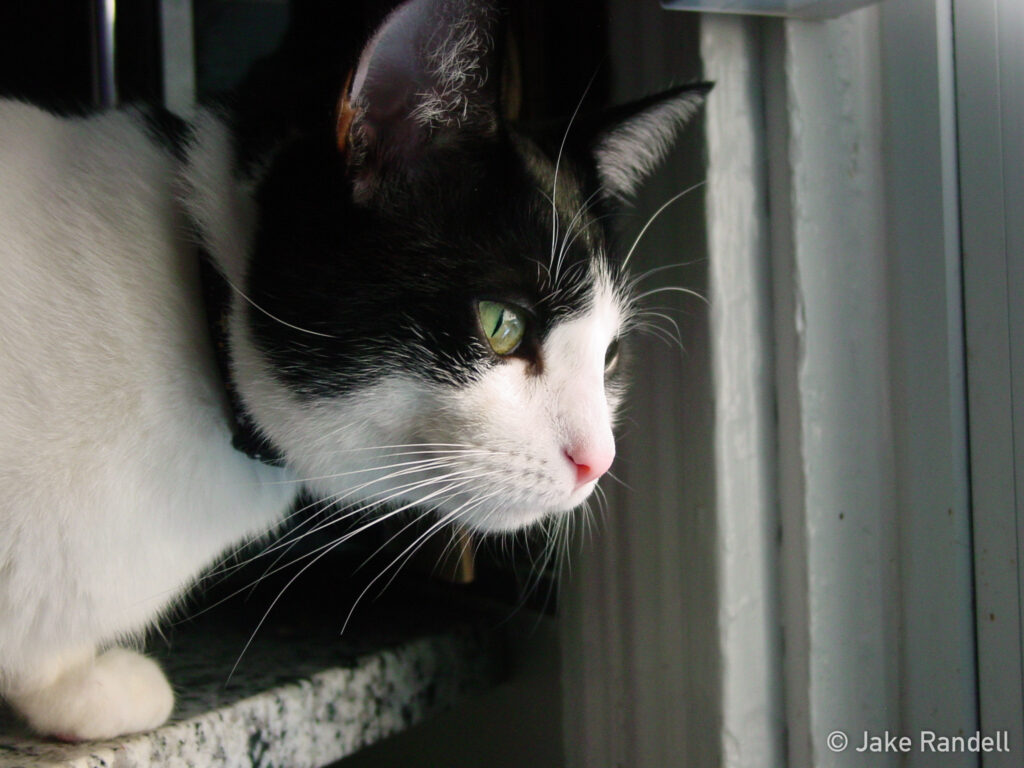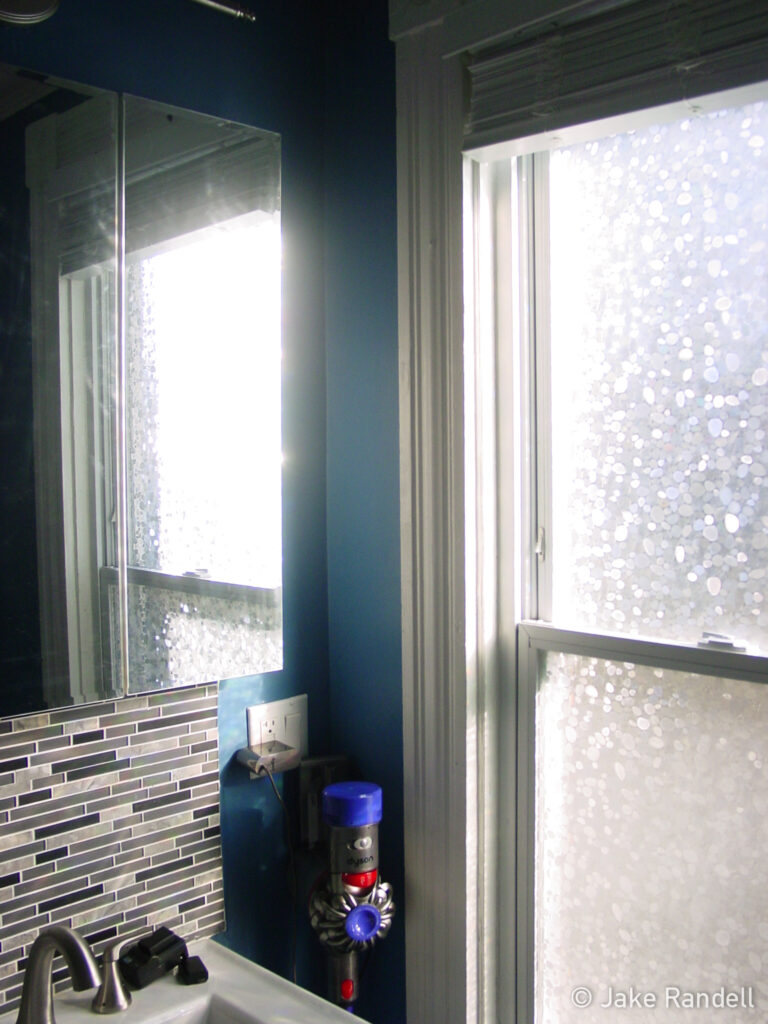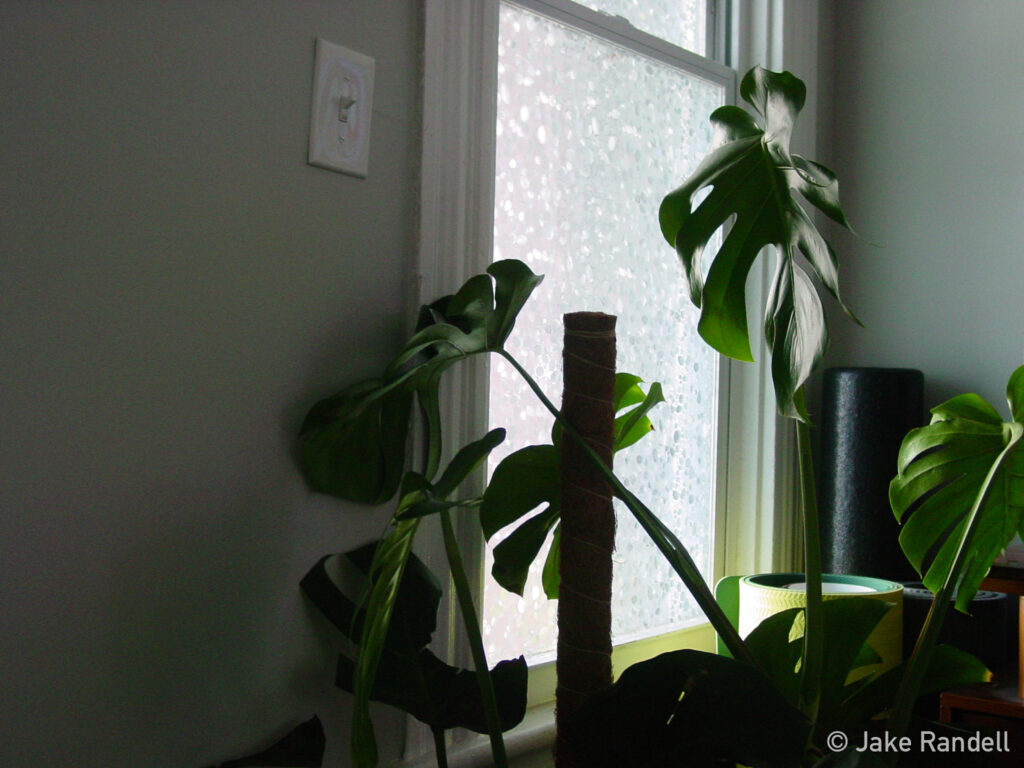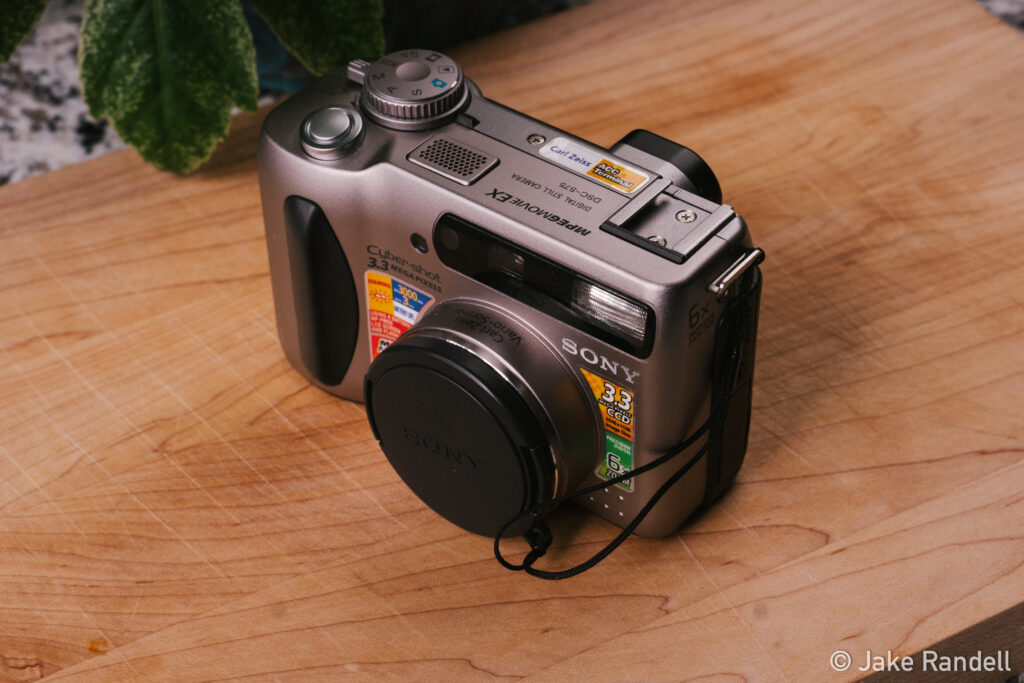It’s no secret that film photography has been having a bit of a comeback moment and the reasons why are quite compelling. The look achieved by the combination of vintage glass and the endless varieties of film stock is hard to match with digital, even when using the best LUTs and plugins on the market. However there is one major drawback – the cost of purchasing and developing film.
For some this is just part of the ritual, a creative constraint that forces you to be more intentional with each shot especially when you think about the cost per frame ratio. For others this is a major barrier preventing them from shooting film more or even at all.
I’ve been searching for something to step in to fill the spot in my photography that has the imperfect vibe of film but without the steep cost and I think I’ve found the (almost) perfect solution.
What is a Digicam?
A combination of the words digital camera, the term digicam doesn’t necessarily seem very descriptive but the current definition tends to be an older digital point and shoot camera that is compact and easy to use. Think the camera that your non-photographer family would buy to take on vacation. Something you might find left unused in a drawer for who knows how long.
To me a digicam also has a low megapixel count and usually a CCD sensor since this yields a more 2000s vintage look.
The Sony DSC-S75

I stumbled upon a listing for this little camera on eBay one day and I couldn’t resist. The description said it included a case, 2 Memory Sticks (hard to find these days), batteries, the USB cable, and all of the original documentation — all for $25! The camera looked well taken care of and at 3.3 megapixels from 2001, it was exactly the kind of vintage I was searching for.
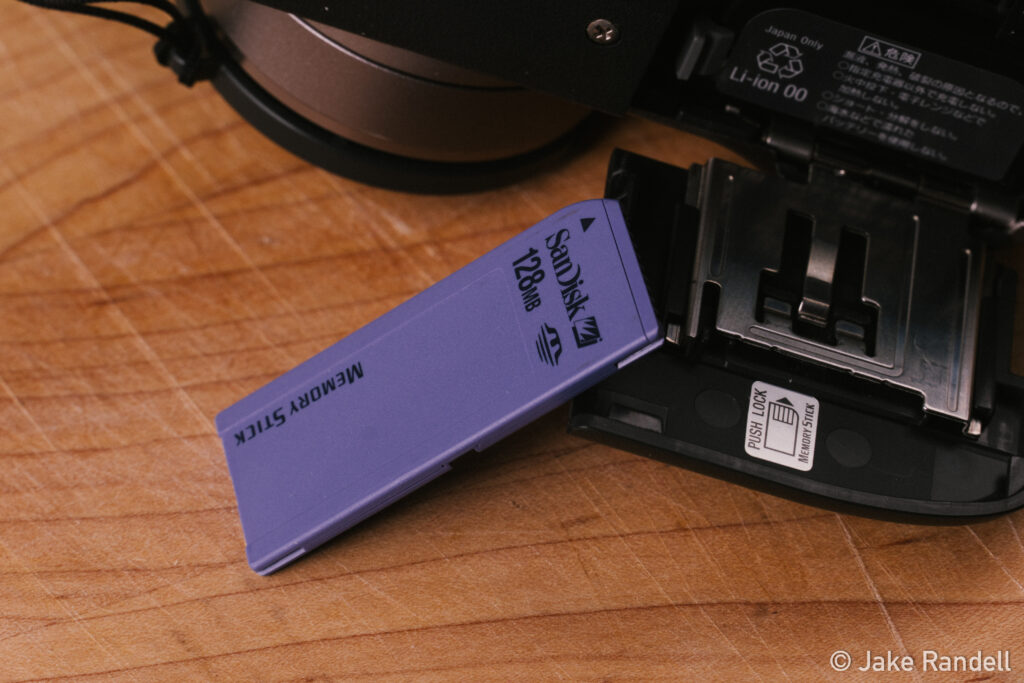
Fast forward to delivery day and my package arrived as described but of course I was just missing working batteries. The ones that came with the camera were dead and wouldn’t accept a charge. I initially tried replacing them with used versions of the same original model, NP-FH50, but these proved to exhibit the same issue or simply diminished capacity.
Next option was to try some of the cheap no-name batteries from Amazon that said they would fit. They took a charge and certainly did fit but triggered the camera’s check for genuine Sony batteries. I guess I would be lying if I said I was surprised that Sony implemented DRM in their batteries.
Luckily there is a currently produced model of battery that fits and works passing all of the requirements of the camera to turn on, Sony NP-FM500H. They seem to run about $50 at the time of writing but I managed to get two new old stock from eBay for $42.
Features and Usability
The features are quite modest by today’s standards according to the following excerpt from Sony’s specs on the camera but that’s exactly what I was looking for.
| Sensor | 8.93 mm (1/1.8 type) color CCD |
| Lens | 3x zoom lens f = 7-21 mm (9/32 – 27/32 inches) (34 – 102 mm (1 3/8 – 4 1/8 inches) when converted into a 35 mm still camera) F = 2.0 – 2.5 |
| Exposure Control | Automatic exposure, Shutter speed priority, Aperture priority, Manual exposure |
| Data System | Movie: MPEG1 Still: JPEG, GIF (in TEXT mode, Clip Motion), TIFF Audio with still image: MPEG1 (Monaural) |
| Recording Medium | “Memory Stick” |
It’s not going to shoot or focus as fast as a modern DSLR or mirrorless camera and the number of photos you can fit on a single Memory Stick is much less than you would expect, I get about 70 on a 128 MB which is the largest that I have currently.
What this camera lacks in on-paper features, it more than makes up for with overall joy of use and image charm.
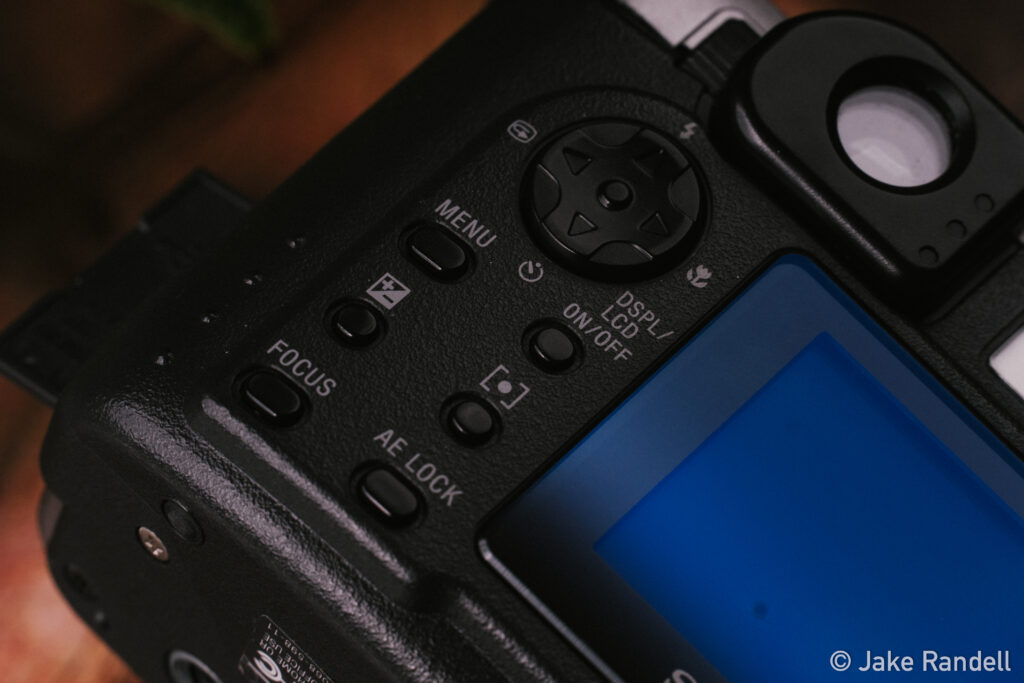
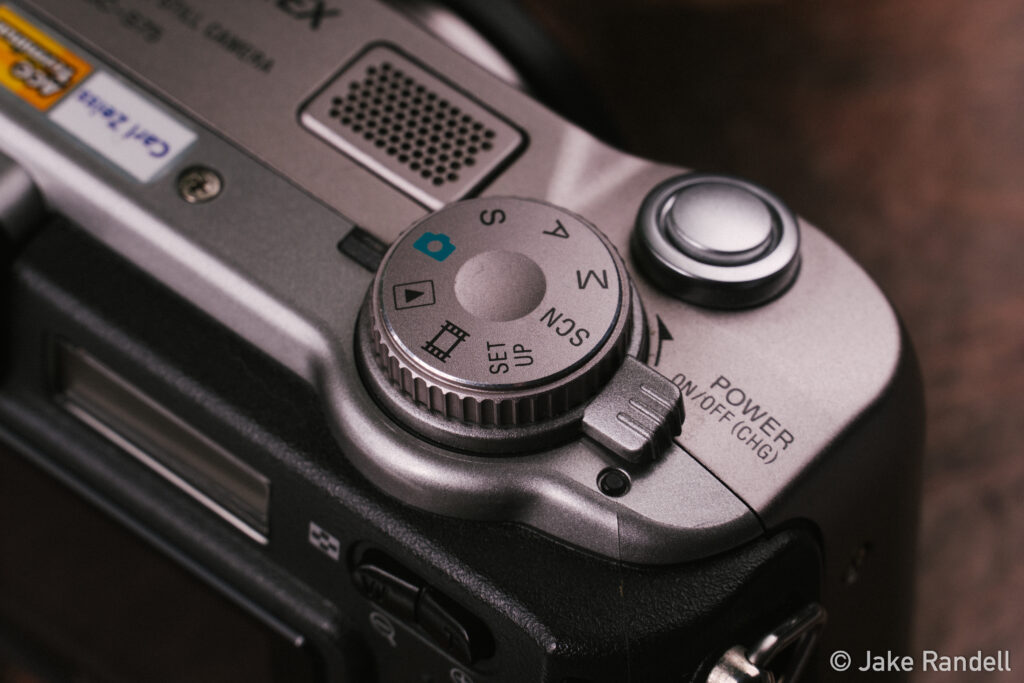
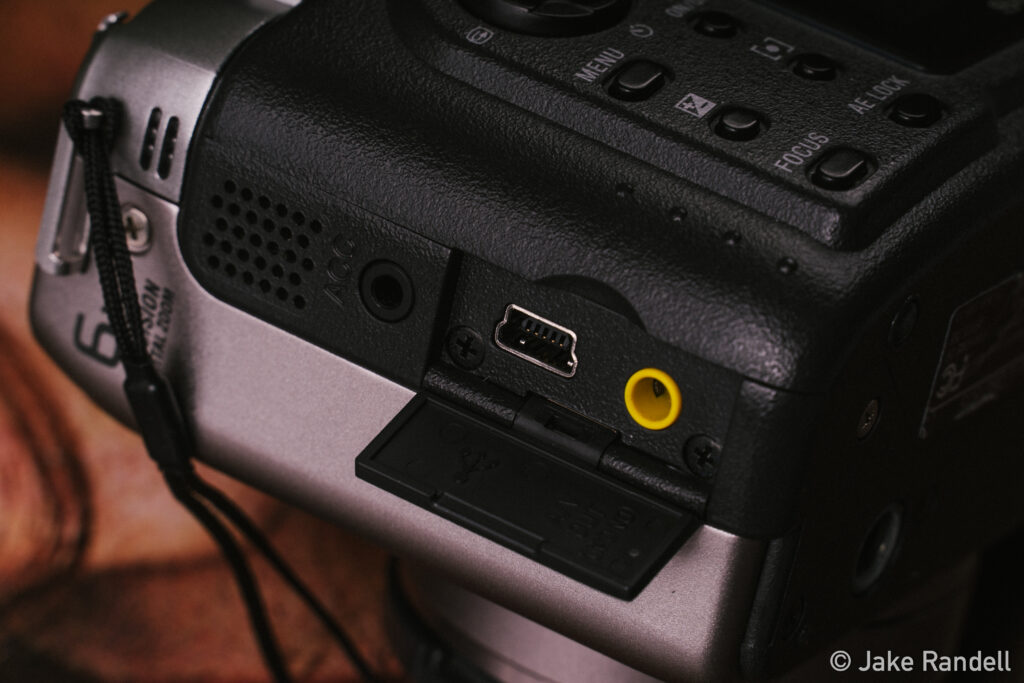
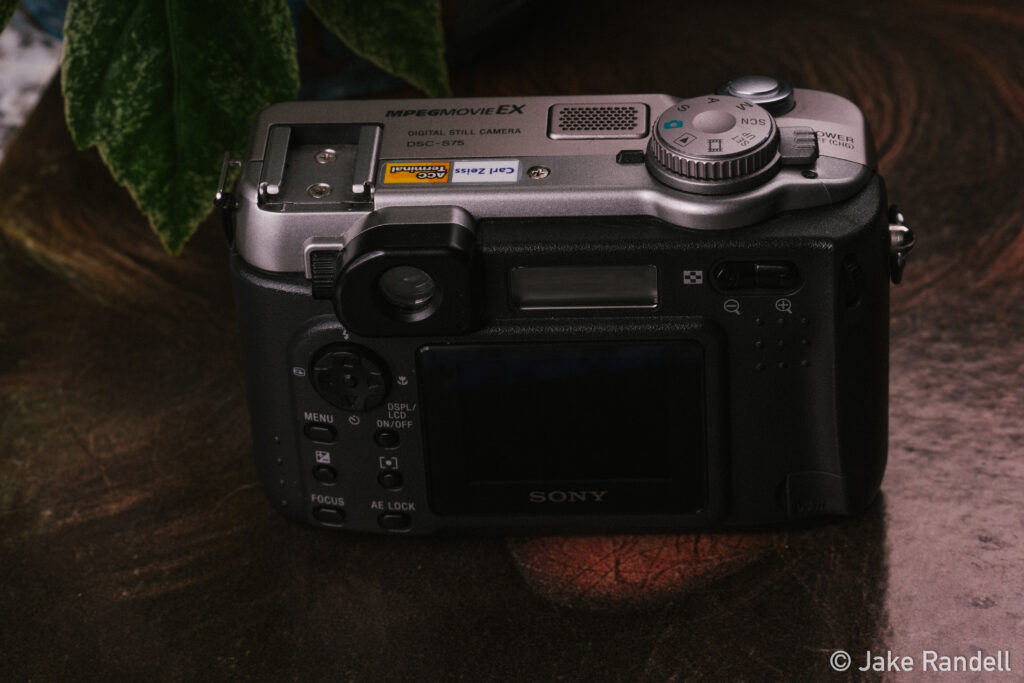
If you’re at all nostalgic about the early 2000s, this camera will certainly play into that. The tiny screen, the beeps and sounds it makes as you turn it on and snap off a picture. The rounded features and buttons that are just slightly too small and oddly shaped to use easily. However there are an abundance of physical buttons and knobs that make using this camera more of a simple pleasure.
Importing the images to a computer is thankfully straight forward by using the Mini USB port, just turn it on and plug it in and it’s recognized immediately as a storage device (at least on MacOS). You can also opt for a dedicated Memory Stick card reader if you would prefer. I happen to have a Sony WEGA TV from about the same era as this camera and it has a Memory Stick port on the front which allows you to view a photo slideshow, we’re deep in nostalgia territory now.
Image Quality
It would be easy to write of this camera as just a digital point and shoot because well — that’s kind of what it is. You can use it in this manner and it will meet your expectations just fine. Personally I see it as a little more, it’s clear that a lot of thought and engineering went into making this device and considering the time period, I think it provides images that can still be appreciated in the current age. Sure it’s low resolution and not using the latest sensor technology but it has so many little touches that put it in a class above as far as I’m concerned. It has an adjustable diopter for crying out loud.
The images are predictably lacking in dynamic range and have vertical artifacts from strong light sources. The flash is surprisingly strong given the size of it and is more than capable of lighting most scenes you would encounter. These attributes combined yield some of the most vintage aesthetic images that this camera can produce. So yes, I recommend flash on.
Conclusion
The Sony DSC-S75 surprises with the range of images it can produce. Given adequate lighting you can be provided images that look produced by a somewhat modern digital camera with curiously unique tones that I personally find quite pleasing. In darker environments with the flash on you can expect harsh dramatic images that are simply fun. The camera itself is very well built and I’m not surprised that my example is in perfect working condition after all these years.
Overall I very much recommend this camera if you can pick one up second hand, it has been in my bag with me most frequently when I leave the house lately and I think it makes a great low-effort companion.
Sample Images
